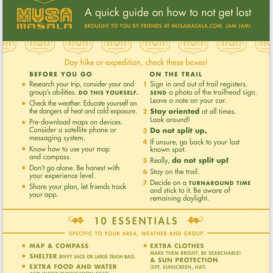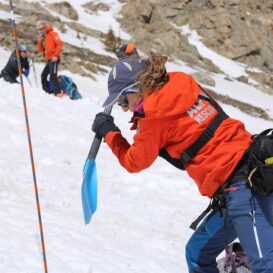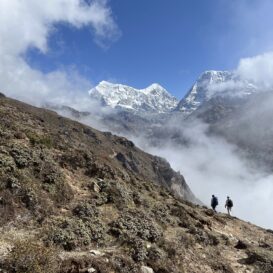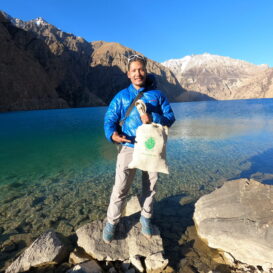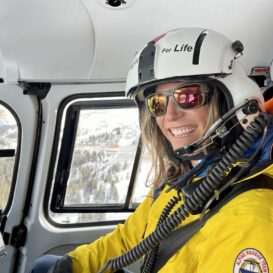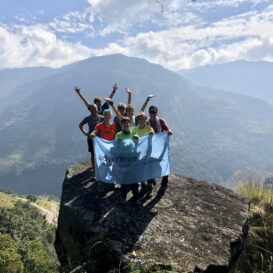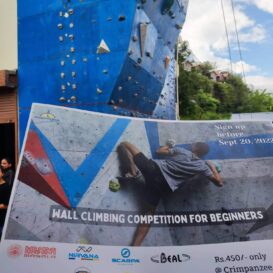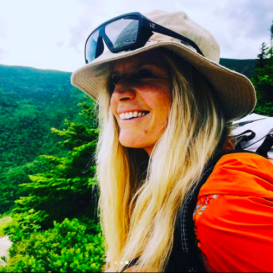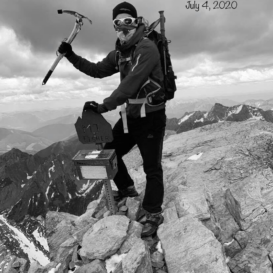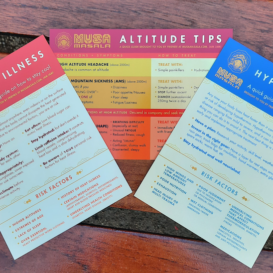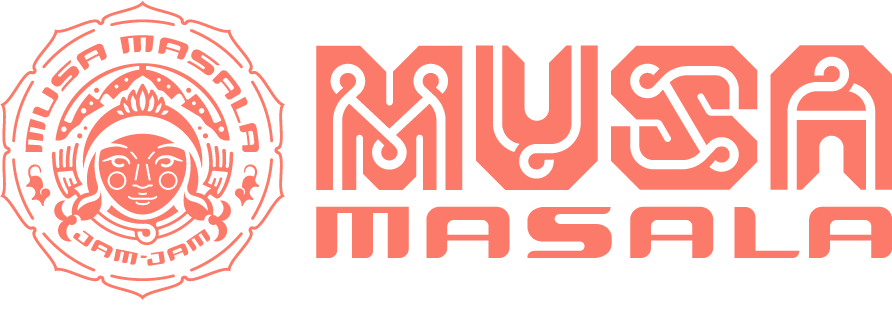We are so fortunate to welcome Leigh Zimmerman to Musa Masala. Leigh has been a wonderful supporter of our programs. We originally met through our friends at Wongchhu Peak Promotion with whom she trekked to Everest Base Camp. She recently returned to the mountains, this time the stunningly beautiful Mt. Kilimanjaro in Tanzania. This is her story. She barely mentions the medical mountains she has climbed in her life. We are in awe of her drive and passion.
Our next post will follow her video messages she made on her altitude updates throughout her trip. We will throw in hints and tips to go along with her messages for a really good first-person primer for trekkers going to altitude. Jam Jam, Leigh!!

Mount Kilimanjaro. Located in Tanzania, Africa. Measuring 19,341 feet it is the tallest freestanding mountain in the world. Consisting of five different climate zones. It has been said that climbing Kili is like hiking from the equator to the North Pole in days. It is one of the Seven Summits and can be hiked to the top. However, it is also one of the deadliest mountains for those who think this makes Kilimanjaro easy to summit.
According to research published by the Climb Kilimanjaro Guide, the average summit success rate across all climbers and routes is only 65% and an average of 10 people die annually. So, is it easy? No. It is doable. It can be done with the right preparation and tour operator to get you to the top. After treks to Macchu Picchu and Everest Base Camp, summiting Kilimanjaro seemed like the next logical adventure for me to undertake. Having never been to Africa I was also excited to visit Tanzania and experience the culture.
The Preparation
One does not just decide one day to go climb Kili—especially when one lives in Texas, is middle aged and works a full-time job. But as with anything, preparation is key to doing something you’ve never done before and sounds like something worth doing.
First things first: learn about Kili. Did you know that Mount Kilimanjaro is actually a dormant volcano? Comprised of three volcanic cones (Kibo, Mawenzi and Shira) it is also the highest mountain in Africa. While Mawenzi and Shira are extinct, Kibo is dormant and could erupt again. Trekking Kili can include well over 11,500 feet of elevation gain depending on where you begin (for me it was at the Lemosho gate at 7,742 feet). You also need to pick a route that allows you enough time to acclimate with the more days spent trekking equaling a better chance of a successful summit. Hiring the right tour operator is key to staying healthy and making it to the top. Please note that to climb Kilimanjaro you HAVE to hire a guide as Tanzanian regulations require all trekkers be accompanied by a registered and licensed guide.
I chose to trek with Thomson Trekking. With over 40 years in the business and having done numerous trips with their subsidiary company, Adventure Women, I knew I would be in good hands. They offer several different routes, all backed by their superior service, and boast a 98% summit success rate. Once my tour operator and route were booked, it was on to booking flights, getting gear and training!
So how do you train for altitude? You really don’t if you live in flat Texas. What I can’t train for in altitude, I made up for in other ways. I trained for endurance and strength. Running, hiking, indoor rowing, weights and one trip to Colorado to hike a 14’er. You need to be able to be active for hours on end sometimes and be okay with that for days at a time while sleeping in a tent at altitude.
What does help with altitude (for me, anyway) is medication—specifically, Diamox. Talk to your doctor about it. I have used it for Colorado trips over 10,000 feet all the way to Everest Base Camp at 17,700 feet and it has always worked great.
As a 25-year pack a day smoker (9 years quit) plus a breast cancer survivor whose radiation treatment zapped part of my right lung, I always question how my past will affect my breathing ability at altitude. Fortunately, to date it hasn’t been a concern. I usually start Diamox a full day before I plan to go be at 10,000 feet or higher.
Since Diamox also acts as a diuretic (hello, multiple overnight bathroom visits especially the first night!) I started the medication two nights before the trek to give me ample time to adjust to it before I would be camping and have less accessible bathroom facilities. (Check out our next post with Leigh for much more on Diamox and AMS!)
Having the right gear and clothing is crucial as well. Being too hot or too cold can lead to decreased performance ability and sickness. Your tour operator should provide you with a detailed packing guide of what you need to bring and if you can rent items from them if you don’t want to buy them. I spent months buying things, returning things, trying things out on hikes and finally making sure I could fit into all my clothes when it was time to actually leave (had to drop that COVID 10 I gained in lockdown!).
The Trek
I chose the Western Approach (mostly Lemosho) route. This 9-day route gave me 7 days up to reach the summit (Uhuru Peak at 19,341 feet) allowing me better time to acclimate. While originally my group was scheduled to sleep one night at Crater Camp (at 18, 802 feet), we had to adjust our plans when sulfur fumes from the crater started making people sick that were sleeping there. Instead, the highest we slept was two nights at 16,000 feet.
Mount Kilimanjaro is one of the only places in the world where one can experience five different climatic zones during the trek: Bushland, Rainforest, Heather, Alpine Desert and Artic. This means not only do you have to have packed the right clothing and gear for each of these climates, but you get the experience altitude in different environments. The altitude breakdown by zone are as follows: Bushland (2,624 feet), Rainforest (5,905 feet), Heather (9,186 feet), Alpine Desert (13,123 feet) and Arctic (16,404 feet). The Alpine zone is where the terrain starts to get rough. The Artic Zone are where Crater Camp and the Summit are located.
The trek is long, and rough at times. Spending so many nights sleeping in a tent, in the cold, without showering and having so many days of back-to-back hiking wears on a person. But a combination of things got me to the top. My team was number one. Having the right guide(s) and crew can make or break summit success. We had amazing hot and nutritious food for every meal.
While altitude and Diamox can mess up a person’s appetite, very few in my group had that much of an issue with this. I had several days where I wasn’t sure if I was hungry or nauseous, but it was all fine in the end. We had our own portable toilets which allowed for increased sanitary measures which was helpful in not getting any detrimental bacteria or illness. We were given plentiful treated drinking water as well. Drinking a lot of water every day helps with altitude sickness a great deal.
We had experienced and trained guides on the trek that checked our oxygen levels twice a day, paid attention to our eating/drinking pattens, and checked in with us repeatedly. There were four guides total (1 head guide and 3 assistant guides) for our small group. My fellow trekkers were a huge factor in my summit success as well. There were 9 of us total, all American, ranging in age from 17 to mid-60’s.
While we all came from different backgrounds we bonded quickly, and our camaraderie made the tough days easier, and laughter helped when things got scary. The folks in my group ranged from experienced hikers and campers, to some that had rarely spent a night in a tent. Everyone had spent time training for the climb through a variety of activities which helped as there wasn’t anyone that I worried couldn’t make it to the top due to not having prepared.

The trek itself is incredible, with scenery I have never experienced anywhere else in the world and the joy all the guides and porters seem to take in their jobs. While tough, the only scary part of the trek for me was climbing the Baranco Wall, due to a fear of heights. But the guides supported me the entire time and I got through just fine.
Extreme wind one night at a camp was also an issue since sleeping in a tent, on the side of a mountain, in a windstorm led me to picture all kinds of bad scenarios that of course didn’t happen. Having quality tents and sleeping gear is a must, though sleeping can be an issue on the mountain. Altitude plays into this (the higher you go the less oxygen you have and therefore the harder it is to sleep).
However, as a light sleeper even at home in a comfy bed, I had trouble sleeping on the ground and in the cold for so many nights. This did make the trek harder since a great night’s sleep always does wonders for me. But it didn’t make or break my summit success. Take earplugs, think about renting a cot if your trekking company offers that and make sure you have enough layers to be warm (hot water bottles are a great aid as well!). Please do NOT take sleeping medications at altitude without consulting a doctor and your guides.
The best part of the trek for me? Summitting. And doing this trek with my amazing boyfriend. And then having him propose at the top while our guides and porters sang to us in Swahili. It was the best moment ever. To spend months preparing for the trek, then the travel to Tanzania, then 7 straight days of hiking up and up and up, and then finally realizing you are at the top and there is no more up to be had? Incredible. To be higher than the clouds and every other thing as far as the eye can see is a feeling no one can ever take away from. I earned that. With every slow step I made it happen.

It is another two days trek down after the summit. We left via the Mweka Gate at 5,423 feet and the feeling of the trek finally being done is hard to describe. I had an enormous sense of pride in myself, my now fiancé and my fellow trekkers for sure. And I was happy to see real bathrooms and get an actual Coke to drink and know that soon I would get a shower after 9 long days.
But more than that I think it is knowing that I ended the trek a better person than when I started. I bonded with my guides and my porters and learned about their lives and their culture. The saying goes “if it doesn’t challenge you it won’t change you” and Kili challenged me for sure. It helped me remember that it isn’t material things that make life worth living but the people and the experiences that you invite into your life that matter. I doubt I will ever climb this high again, but once was enough and there are other adventures on the horizon.
Happy Engagement and Congratulations from the Musa team!!


